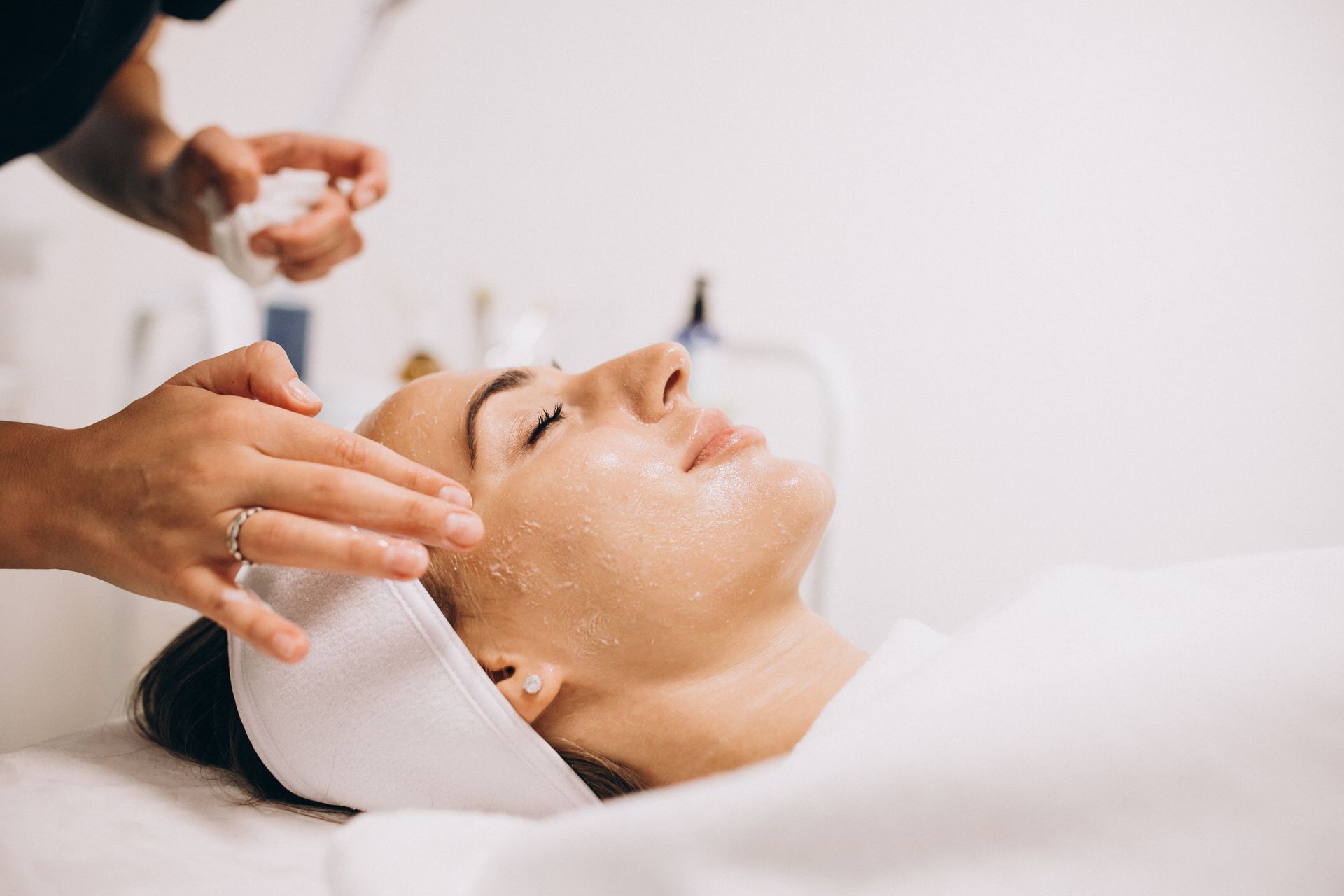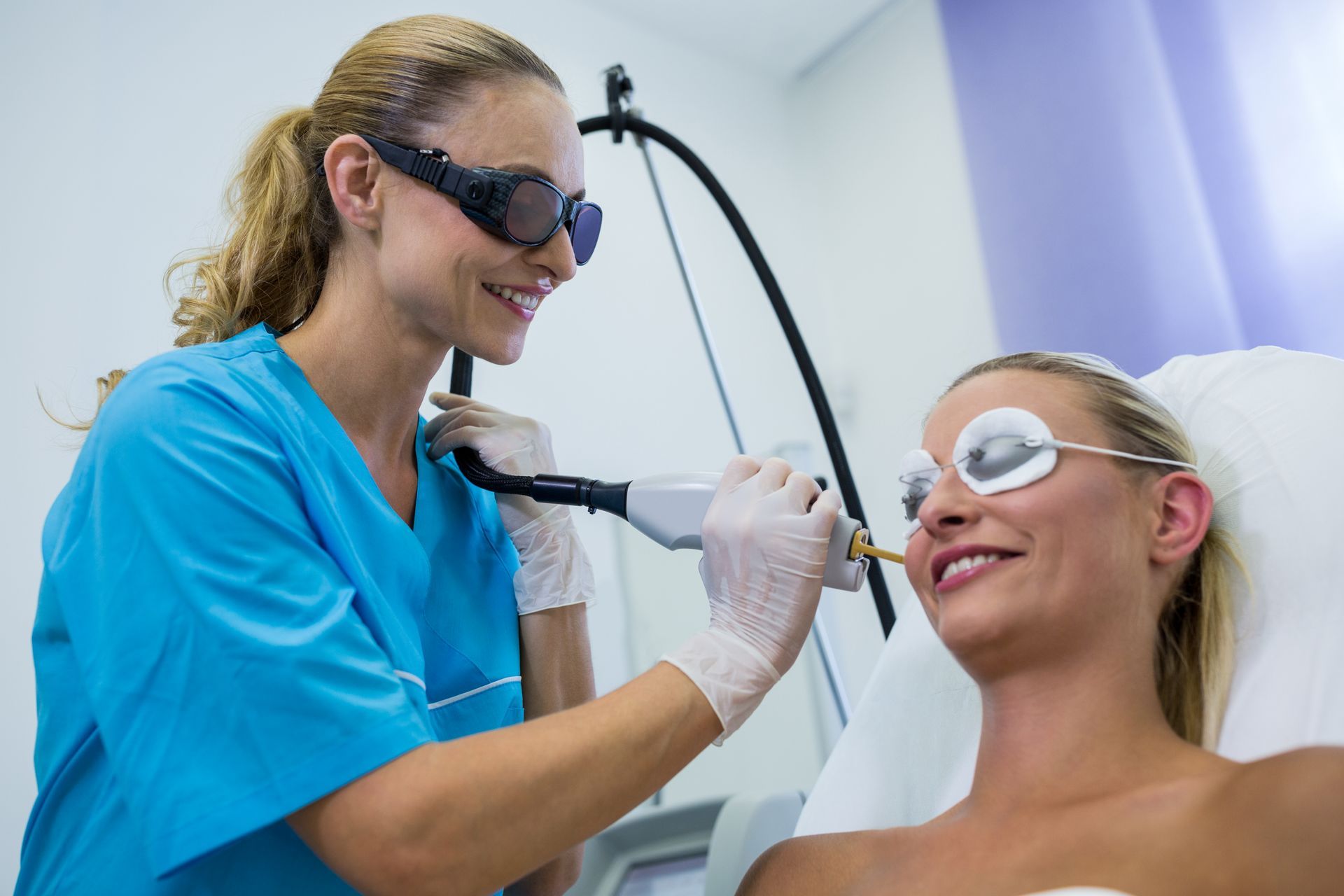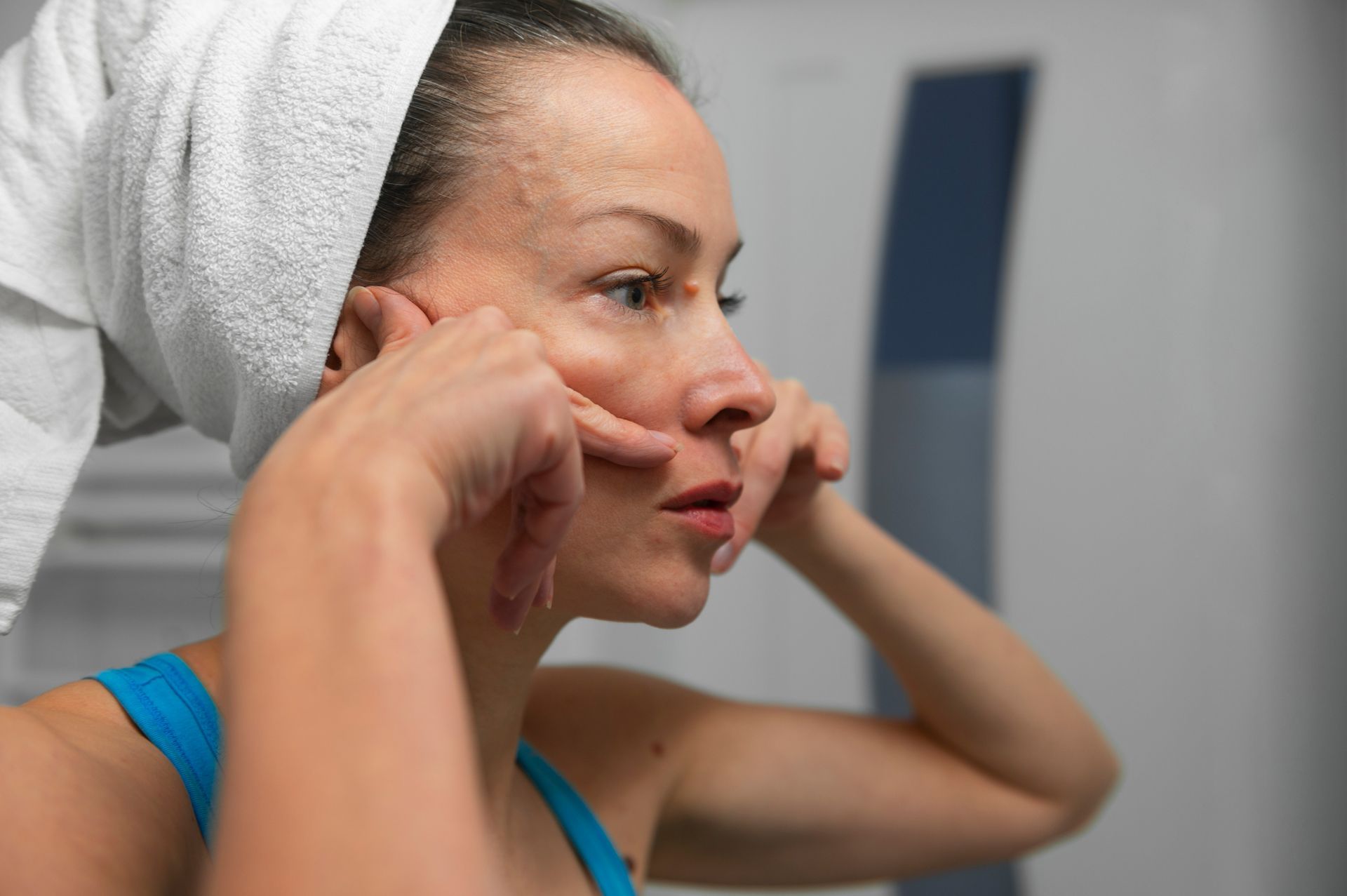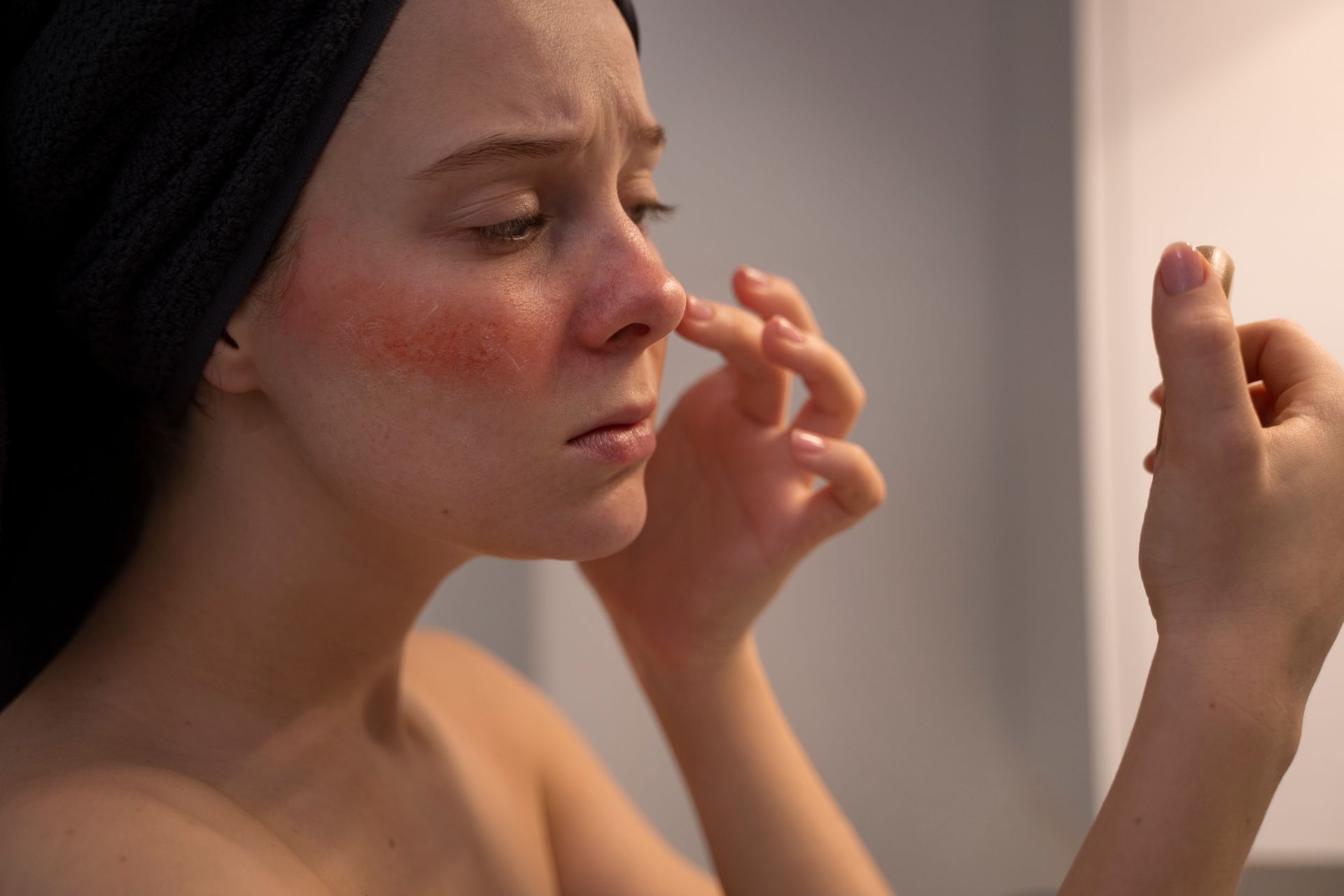How Many Treatments Needed For Bikini Laser Removal?
Bikini laser hair removal has emerged as a popular and effective method for achieving smooth and long-lasting results in the delicate bikini area. In recent years, advancements in laser technology have revolutionized the way individuals approach hair removal, offering a safe, precise, and increasingly comfortable alternative to traditional methods like waxing, shaving, and plucking.
Laser hair removal works by targeting the hair follicles with concentrated light energy, which is absorbed by the pigment in the hair. This process damages the follicle, inhibiting future hair growth while leaving surrounding skin unharmed. When it comes to the sensitive bikini area, where precision and effectiveness are paramount, laser hair removal stands out as a reliable solution for many individuals seeking smooth and hair-free skin.
Benefits of Bikini Laser Hair Removal
Precision: Laser hair removal specifically targets hair follicles while leaving the surrounding skin unaffected, making it ideal for the sensitive bikini area.
Long-lasting Results: Unlike temporary hair removal methods such as shaving or
waxing, bikini laser hair removal offers semi-permanent to permanent reduction in hair growth, minimizing the need for ongoing maintenance.
Reduced Ingrown Hairs:
By eliminating the need for frequent shaving or waxing, laser hair removal helps
reduce the occurrence of ingrown hairs, which can be common in the bikini area and often lead to discomfort and irritation.
Time and Cost-Efficiency: While
multiple sessions may be required for optimal results, bikini laser hair removal ultimately saves time and money compared to the ongoing expenses associated with waxing or shaving over time.
Enhanced Confidence and Comfort:
Achieving smooth and hair-free skin in the bikini area can significantly boost self-confidence and comfort, especially during activities like swimming, sunbathing, or wearing revealing clothing.
Factors Affecting Treatment Needs
Laser hair removal effectiveness and the number of treatments required can vary significantly from person to person due to several factors. Understanding these factors is essential for establishing realistic expectations and developing personalized treatment plans that yield optimal results.
Hair and Skin Type:
One of the primary factors influencing the efficacy of laser hair removal is an individual's hair and skin type. Laser treatments are most effective on individuals with a stark contrast between their hair color and skin tone. Traditionally, those with light skin and dark hair tend to experience the best outcomes because the laser targets the pigment in the hair follicle without affecting the surrounding skin. However, advancements in laser technology have made treatments more accessible to individuals with various skin tones and hair colors.
Hair Color and Thickness:
The color and thickness of hair also play a crucial role in determining the success of laser hair removal. The laser's effectiveness depends on its ability to target the melanin pigment within the hair follicle. Consequently, individuals with darker, coarser hair typically respond better to treatment than those with lighter or finer hair. However, newer laser technologies have shown improved efficacy in targeting lighter hair colors, though multiple sessions may still be necessary for optimal results.
Hormonal Influences:
Hormonal factors can significantly impact hair growth patterns and the success of laser hair removal treatments. Hormonal fluctuations, such as those associated with pregnancy, menopause, or certain medical conditions like polycystic ovary syndrome (PCOS), can stimulate increased hair growth and alter the body's response to laser treatment. In such cases, additional sessions may be required to address persistent or recurrent hair growth.
Treatment Area Size:
The size and location of the treatment area also influence the number of sessions needed for satisfactory results. The bikini area, for example, is relatively small compared to larger treatment areas like the legs or back. However, the bikini area is considered more sensitive, requiring careful attention and potentially altering the treatment approach to ensure both efficacy and patient comfort.
Determining Treatment Frequency
Achieving optimal results with laser hair removal requires careful consideration of treatment frequency. While the exact number of sessions needed varies depending on individual factors, determining treatment frequency involves several key steps and considerations.
Initial Consultation with a Specialist:
The journey to successful laser hair removal begins with an initial consultation with a qualified specialist or dermatologist. During this consultation, the specialist evaluates the client's skin type, hair color and thickness, medical history, and any underlying conditions that may impact treatment efficacy. They also discuss the client's expectations, concerns, and desired outcomes to develop a personalized treatment plan.
Customized Treatment Plans
Based on the information gathered during the initial consultation, the specialist creates a customized treatment plan tailored to the client's specific needs and goals. This plan outlines the recommended number of treatment sessions, the interval between sessions, and any additional considerations based on individual characteristics and preferences.
Factors Considered in Treatment Frequency
Several factors influence treatment frequency and the number of sessions required to achieve optimal results:
Hair Growth Cycle:
Laser hair removal is most effective during the
active growth phase (anagen) of the hair growth cycle. Since not all hair follicles are in the same phase at any given time, multiple sessions spaced several weeks apart are necessary to target hair follicles during their active growth phase.
Skin and Hair Characteristics:
The client's skin type, hair color, and thickness play a significant role in determining treatment frequency. Individuals with lighter skin and darker, coarser hair typically respond more favorably to treatment, requiring fewer sessions for noticeable results. Conversely, those with
darker skin tones or lighter hair colors may require additional sessions to achieve similar outcomes.
Treatment Area and Sensitivity:
The size and sensitivity of
the treatment area also influence treatment frequency. Smaller areas, such as the bikini line, may require fewer sessions compared to larger areas like the legs or back. Additionally, the specialist may adjust treatment parameters to minimize discomfort and ensure optimal results, particularly in sensitive areas.
Hormonal Factors:
Hormonal fluctuations, such as those associated with puberty,
pregnancy, or certain medical conditions, can affect hair growth patterns and treatment outcomes. Clients experiencing hormonal imbalances or fluctuations may require additional sessions to address recurrent or new hair growth.
Understanding Treatment Sessions
Laser hair removal treatment sessions involve a structured process to efficiently target hair follicles. Here's a brief overview:
What Happens During a Treatment Session:
- Cleansing of the treatment area and use of protective eyewear.
- Evaluation of skin condition and adjustment of treatment parameters.
- Controlled pulses of laser light target hair follicles, inhibiting future growth.
- Application of cooling methods for client comfort.
- Specialist provides post-treatment instructions for skincare.
Duration of Each Session:
- Varies based on factors such as treatment area size, hair density, and technology used.
- Smaller areas may take 15-30 minutes, while larger ones can extend to 60 minutes or more.
Pain and Discomfort Management:
- Generally well-tolerated, with mild discomfort or heat sensations reported by some.
- Techniques include topical anesthetics, cooling devices, and adjustable laser parameters.
- Open communication is encouraged for addressing any client concerns or discomfort during the session.
Monitoring Progress
Monitoring progress during laser hair removal treatments is vital for ensuring effective outcomes and client satisfaction. Specialists regularly assess the reduction in hair growth, observing changes in patterns, density, and texture over time. They adjust treatment plans based on individual responses and factors like skin and hair type, ensuring tailored and effective sessions. Communication between clients and providers remains essential, allowing for the exchange of concerns, questions, and updates, fostering trust and optimizing treatment experiences. Overall, ongoing monitoring facilitates successful hair reduction and enhances the overall effectiveness of laser hair removal treatments.
Tips for Optimal Results
To achieve optimal results with laser hair removal, consider the following tips:
- Shave the treatment area before your session to ensure the laser can target the hair follicles effectively.
- Avoid sun exposure and tanning beds before treatment to reduce the risk of skin damage and complications.
- Inform your specialist about any medications, skincare products, or medical conditions that may affect treatment outcomes.
Post-Treatment Care:
- Keep the treated area clean and moisturized to soothe any temporary redness or irritation.
- Avoid sun exposure and wear sunscreen to protect your skin from UV damage during the healing process.
- Follow any specific instructions provided by your specialist for optimal recovery and results.
Lifestyle Adjustments for Enhanced Results:
- Maintain a healthy lifestyle with a balanced diet and regular exercise to promote overall skin health and hair growth.
- Stay hydrated by drinking plenty of water to keep your skin hydrated and improve its resilience.
- Consider adjusting your skincare routine to include products that complement the results of laser hair removal and promote skin health.
By following these tips for pre-treatment preparation, post-treatment care, and lifestyle adjustments, you can enhance the effectiveness of your laser hair removal treatments and achieve optimal results for smoother, hair-free skin.
Conclusion
Laser hair removal offers a reliable solution for achieving smoother, hair-free skin, but success hinges on several key factors. By recapitulating the importance of pre-treatment preparation, post-treatment care, and lifestyle adjustments, individuals can optimize their results and minimize potential risks. However, seeking professional advice remains paramount throughout the process, ensuring personalized treatment plans and guidance tailored to individual needs. With diligence and expert support, individuals can confidently embark on their journey towards long-lasting hair reduction and enhanced skin health.
BOOK YOUR FREE SESSION










